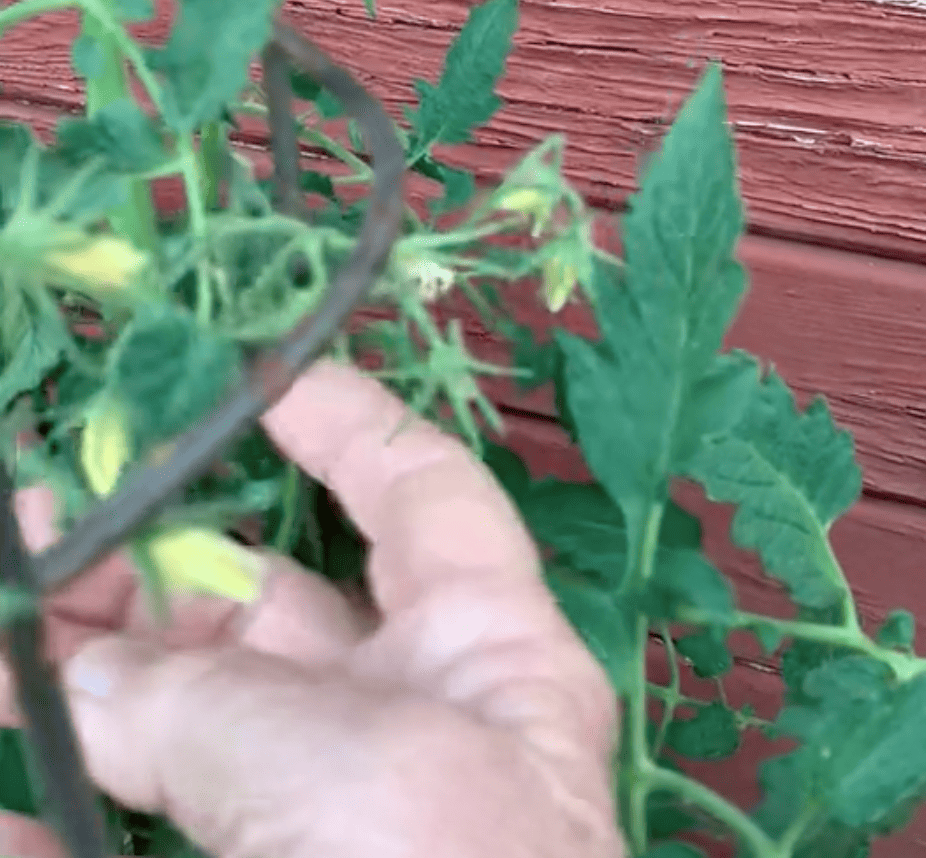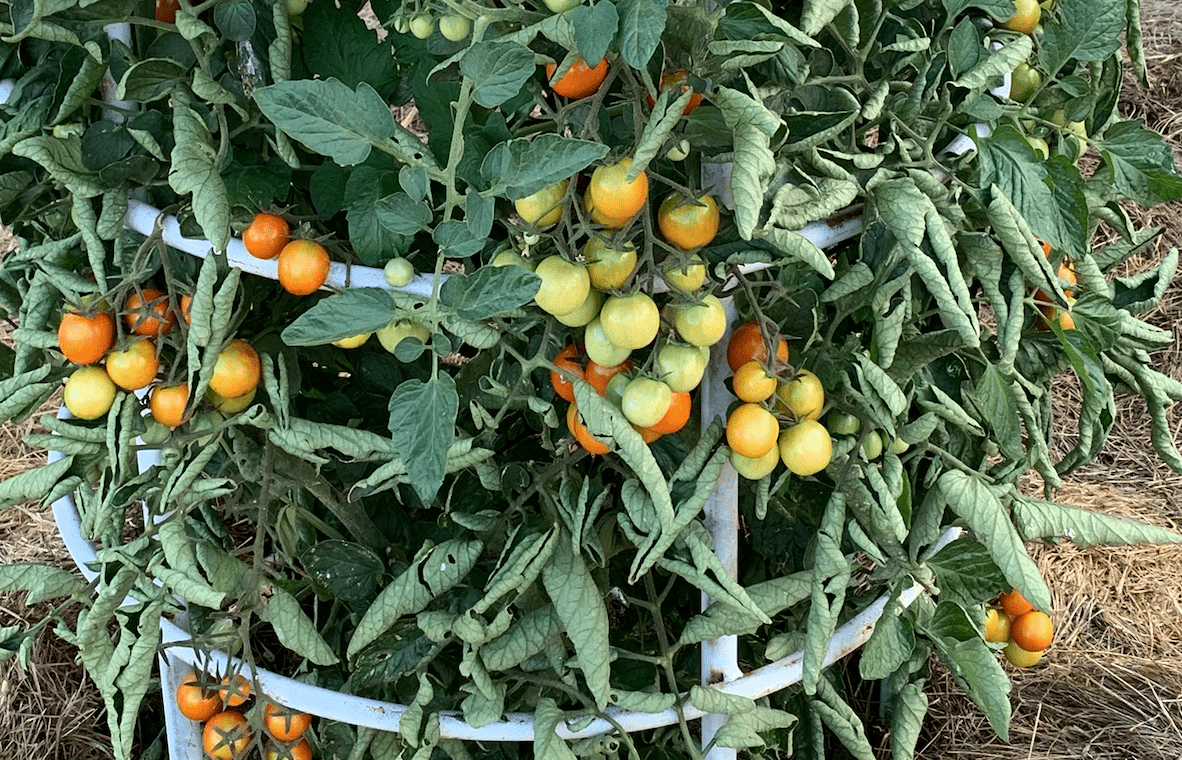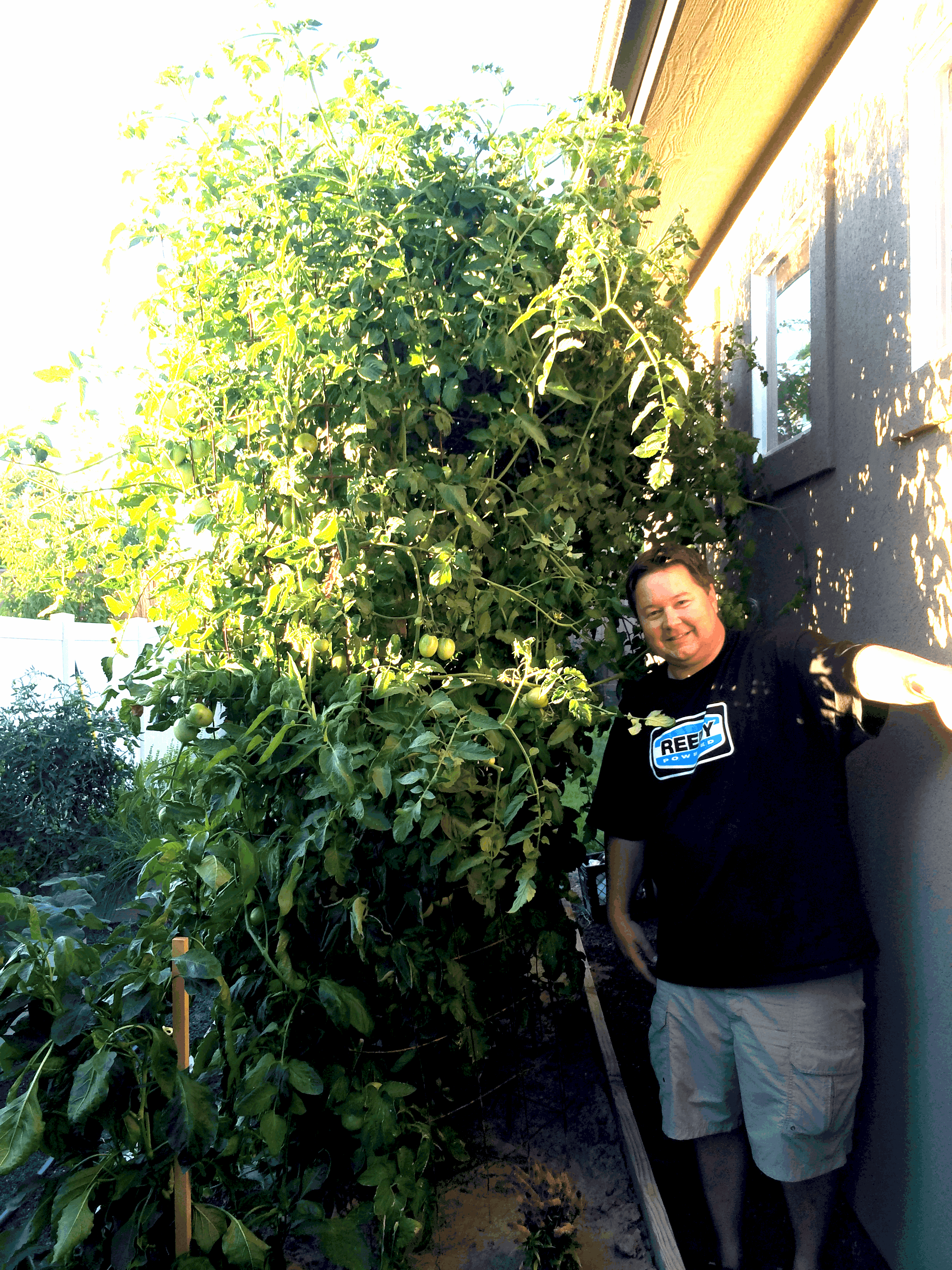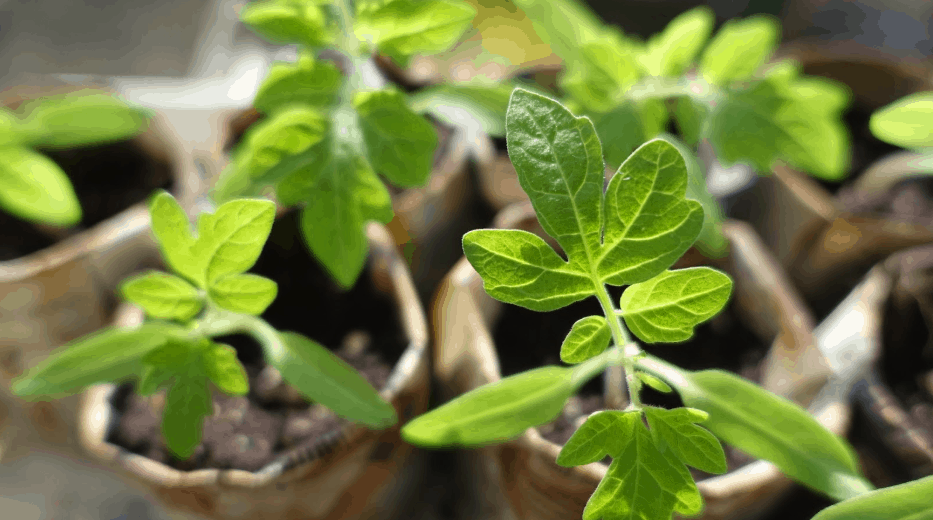Every spring gardeners eagerly anticipate the time when they can start planting for the new growing season. Tomatoes are especially susceptible to frost, so many people start them from seeds indoors. These seedlings need the right nutrients to grow and flourish, but what is the best tomato fertilizer to use? We’ll break down what to use and when to use it so that you get the best crop of tomatoes you’ve ever had!
What Fertilizer to Use for Tomato Seedlings
Tomatoes need a lot of nutrients to grow strong roots and produce abundant fruit, so fertilizer is regularly used. There are two categories of fertilizers that are common, synthetic and natural.
Synthetic fertilizers generally contain the chemicals nitrogen, phosphorous, and potassium (NPK) in various ratios. These fertilizers are fast acting and highly precise in their ingredients, but improper use can burn and damage plants and deplete the soil. Seedlings can be particularly susceptible to synthetic fertilizer burn, so care should be taken if you decide to use them.
We recommend using a natural fertilizer that contains ingredients from living things and the earth. Examples of ingredients in natural fertilizers may include: manure, bone meal, kelp, blood meal, and more. Natural fertilizers are generally lower in NPK, but have the enormous benefit that they add organic matter to the soil. Natural fertilizers feed the microbes in the soil and break down slowly to create layers of nutrients that plants can use over extended periods of time. Using Tomato Secret, the best natural tomato fertilizer, will strengthen your seedlings and mature plants against disease and insects and produce amazingly flavorful tomatoes.
When to Fertilize Your Seedlings
Within each seed is everything that the plant will need to start its development, including the right nutrients. After you plant a seed, the first signs of growth you may notice are a pair of leaves called cotyledons or seed leaves. These leaves still have access to plenty of nutrients because they contain food stores from the seed. At this point, the plant just needs to be given water, sunlight, and warmth, and it will continue to grow just fine.
The next leaves that grow are known as true leaves. Once these leaves begin to appear, it means that the plant has begun photosynthesis and will begin exerting more energy to continue its growth. If you did not plant your seeds in a potting soil that contained fertilizer, now is a good time to start giving your tomatoes a little bit.
Seedlings do not need as much fertilizer as full grown tomatoes. If you choose to use a synthetic fertilizer, you should dilute it to ¼ or ½ of the recommended amount. Giving your plants a little bit of diluted fertilizer once a week is enough until you can transplant them. Better yet, we recommend that you skip the synthetic fertilizer and simply mix some natural fertilizer in the soil at planting. This will provide all the nutrients your plants will need until you transplant them. When you move your seedlings outdoors, just work a bit of Tomato Secret into the soil, plant your tomatoes, and fertilize again when the plant begins to set fruit.
Growing the Best Tomatoes
If you learn how to care for tomato seedlings, you will be well on your way to juicy, delicious tomatoes. For all your tomato growing needs, check out DrJimZ.com.



